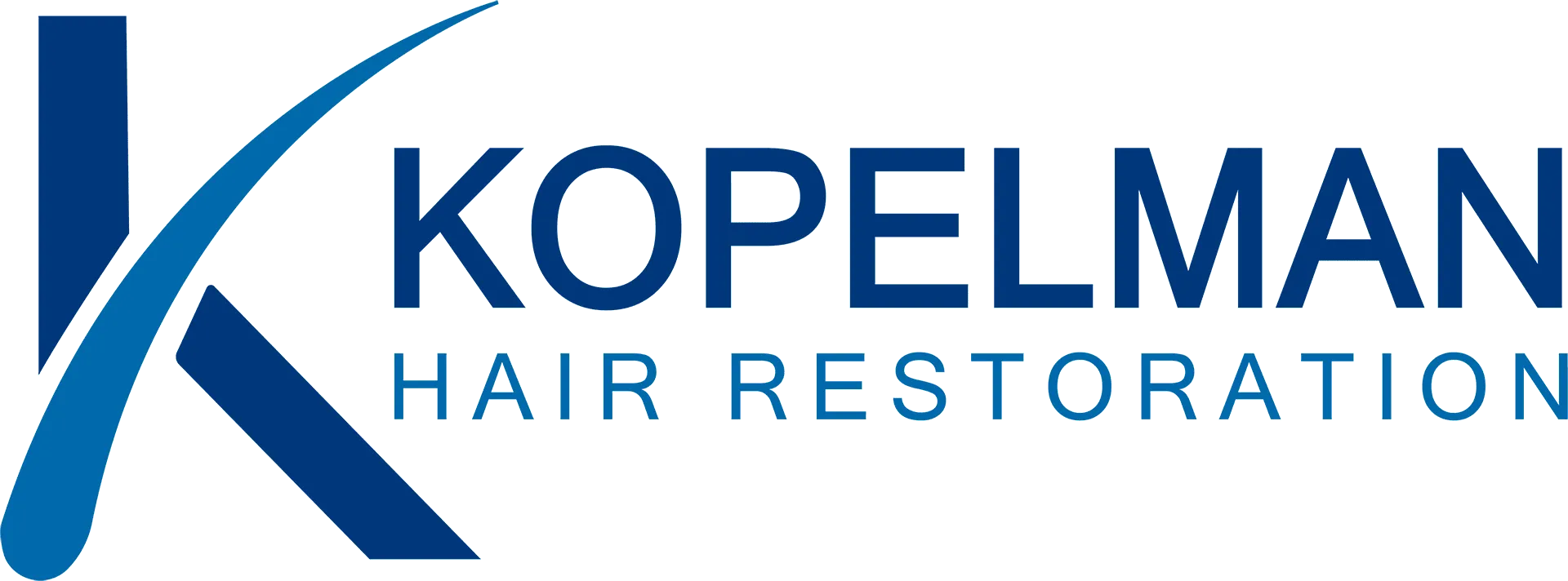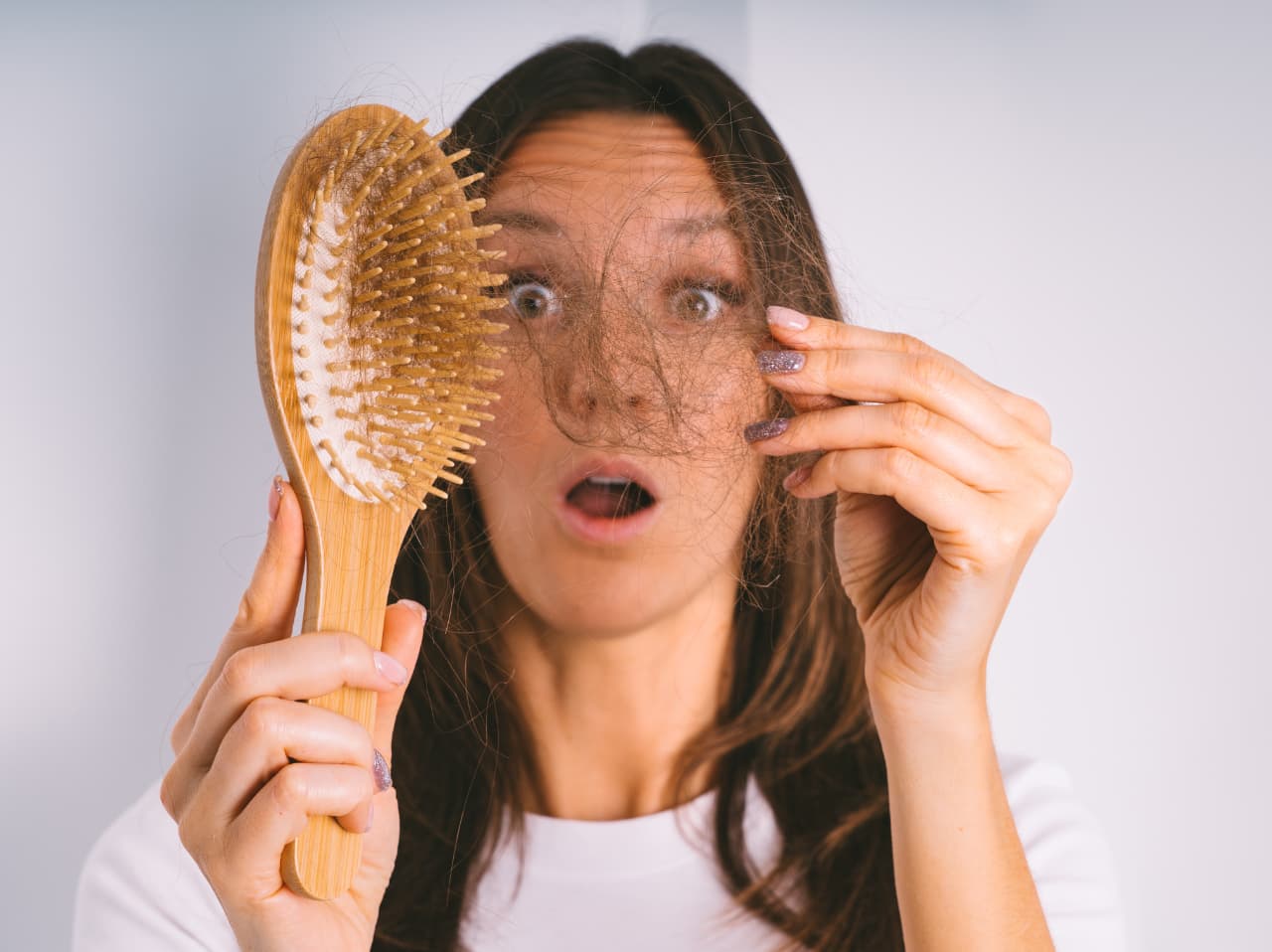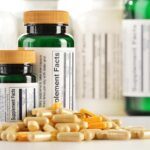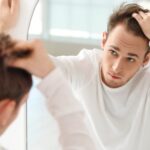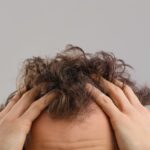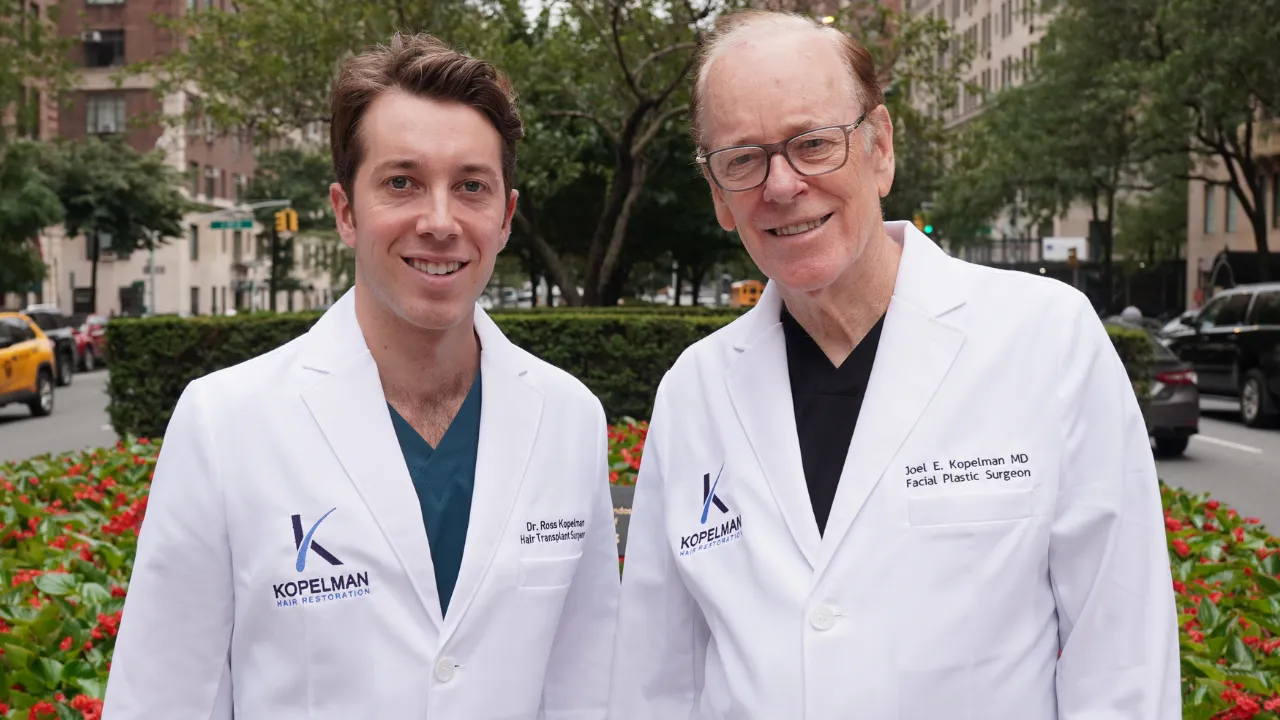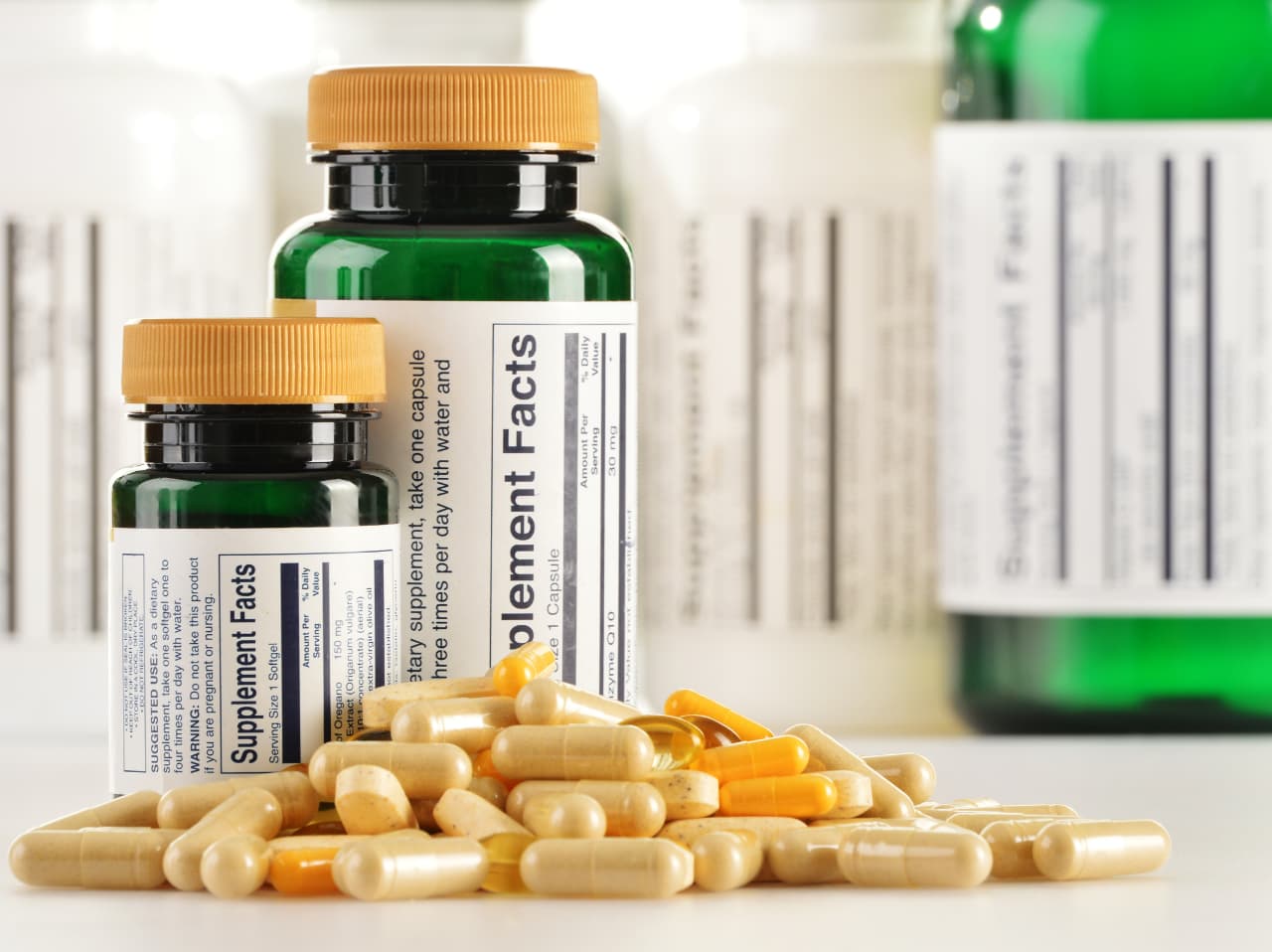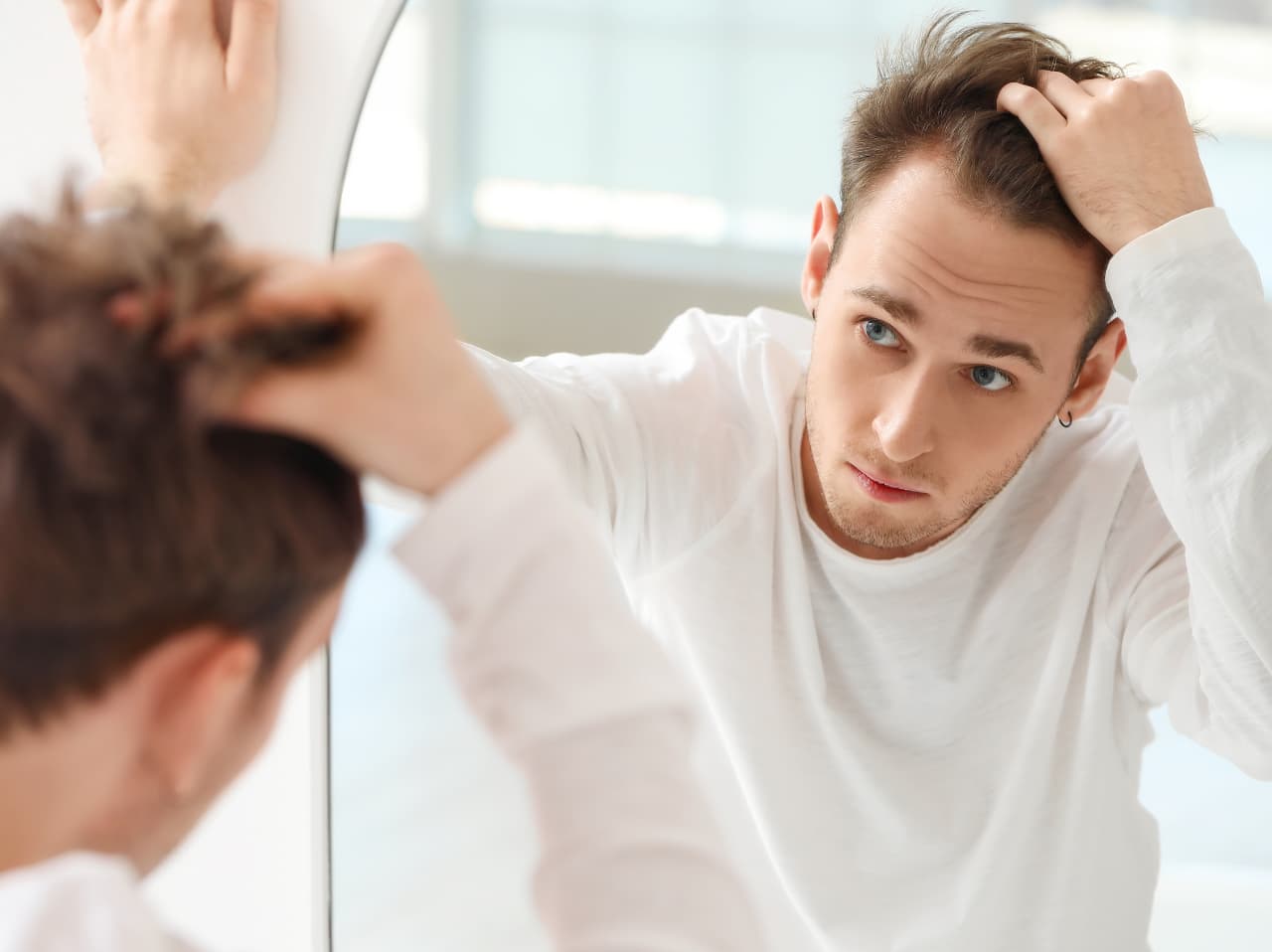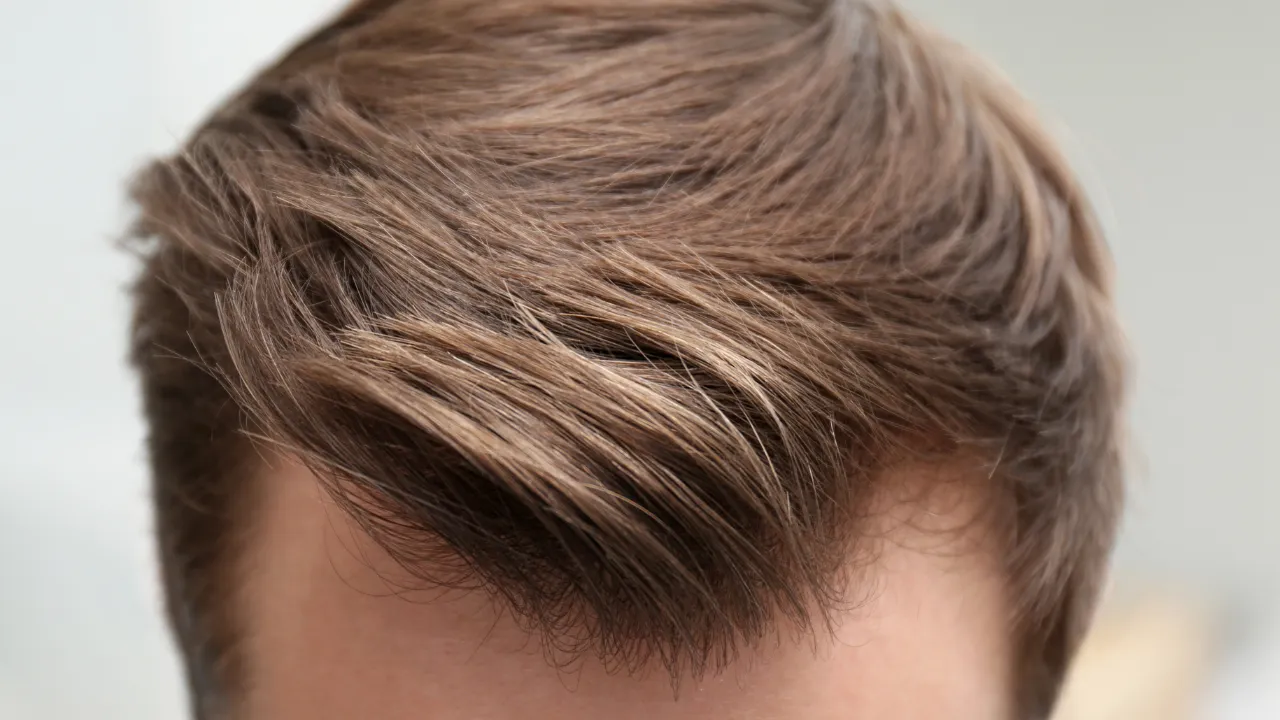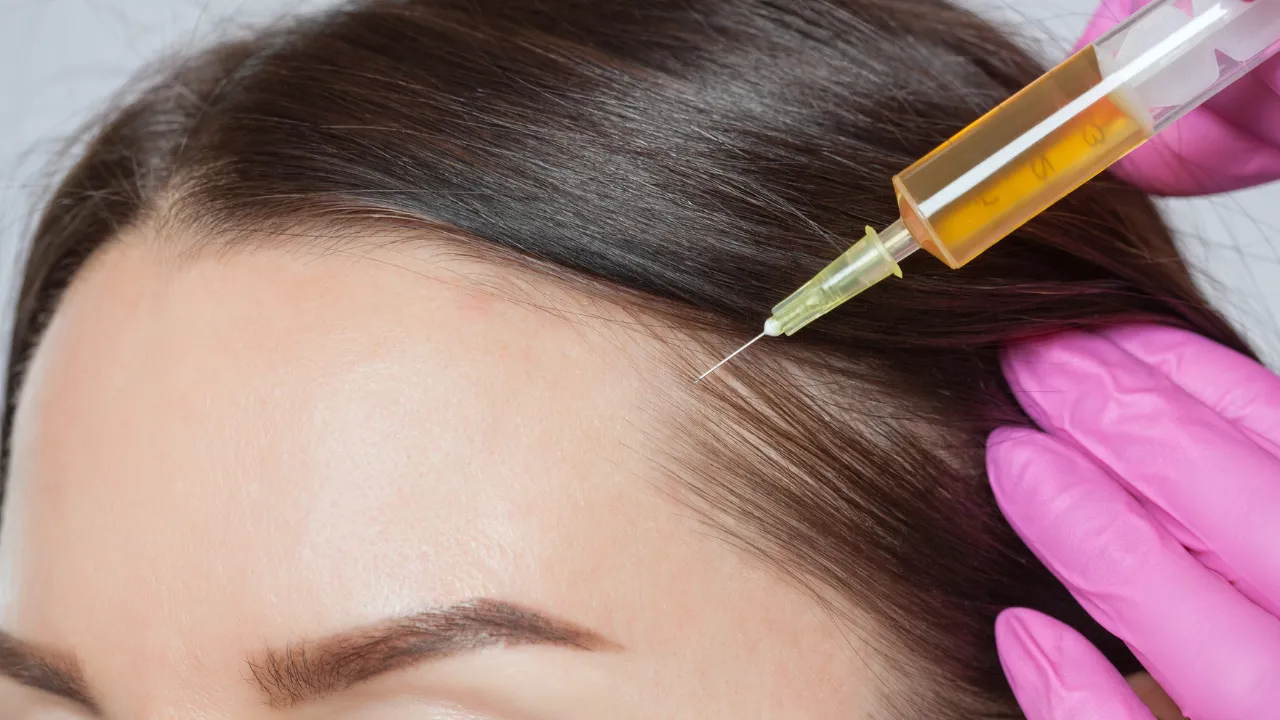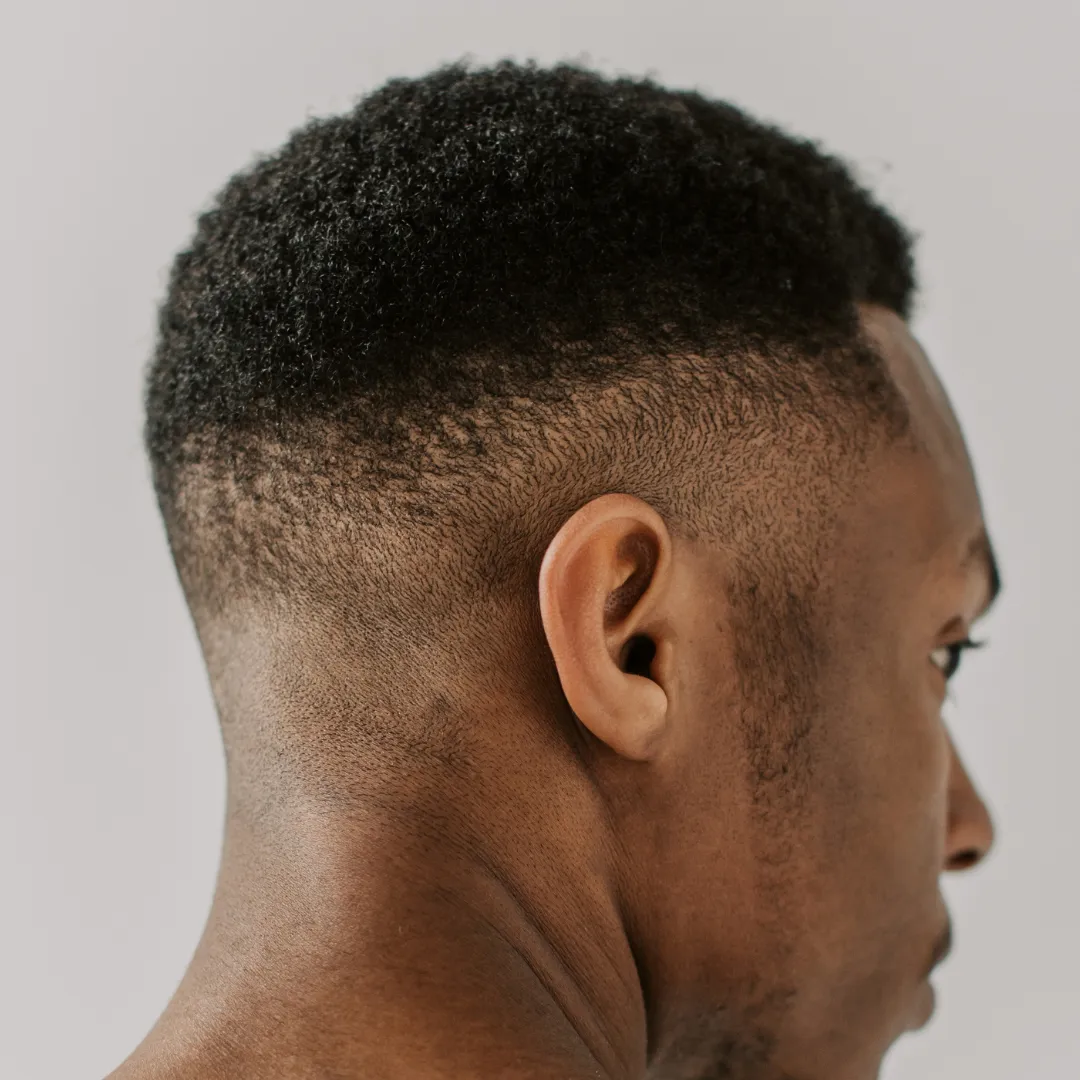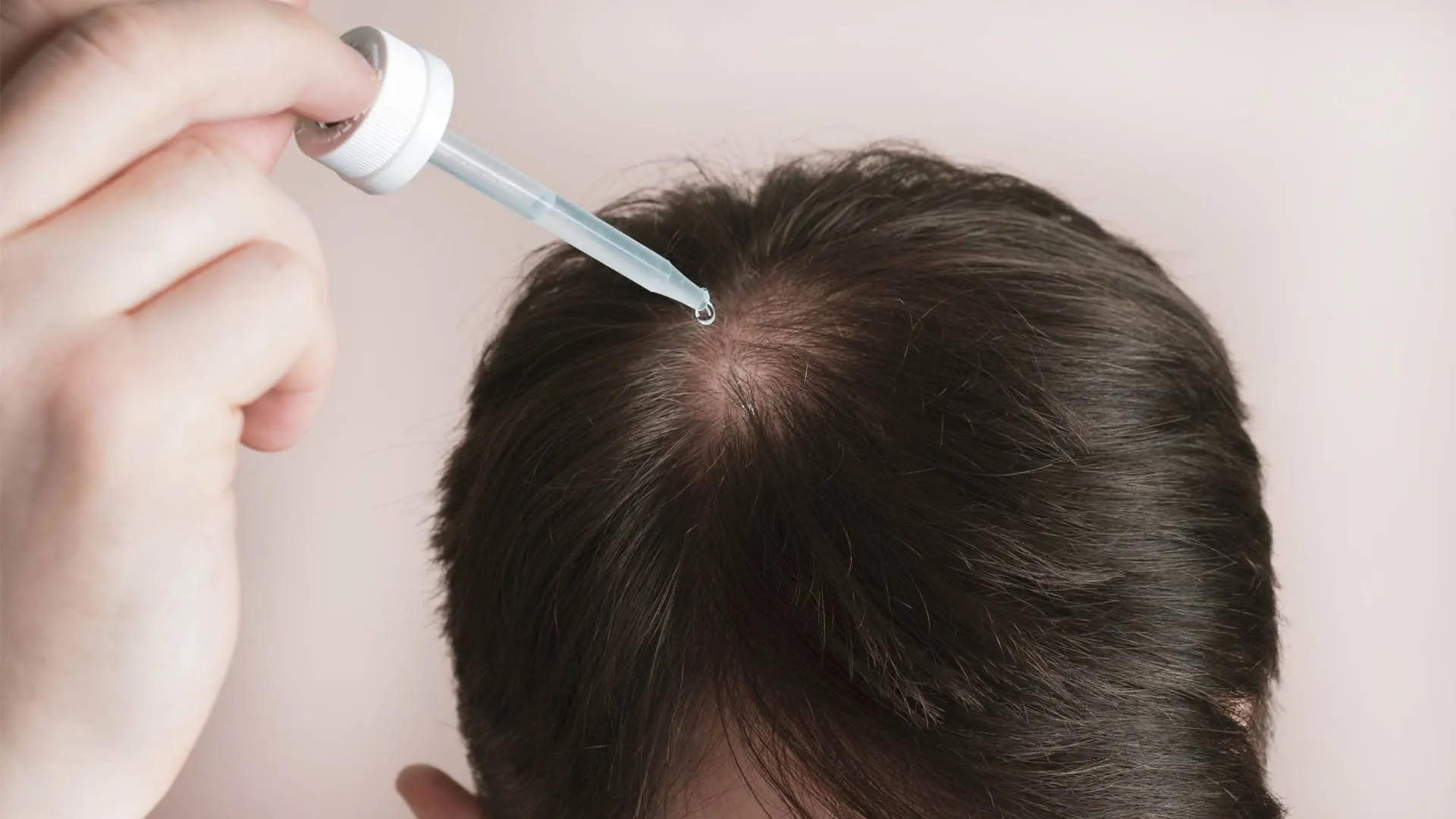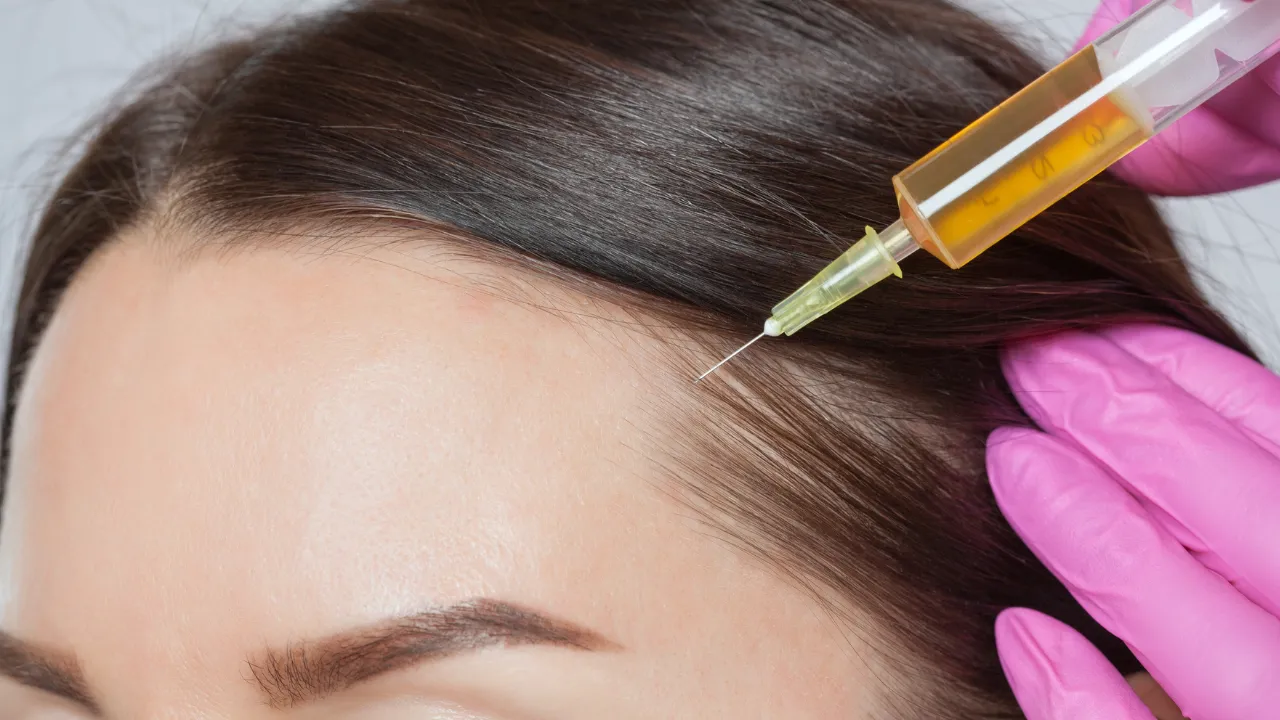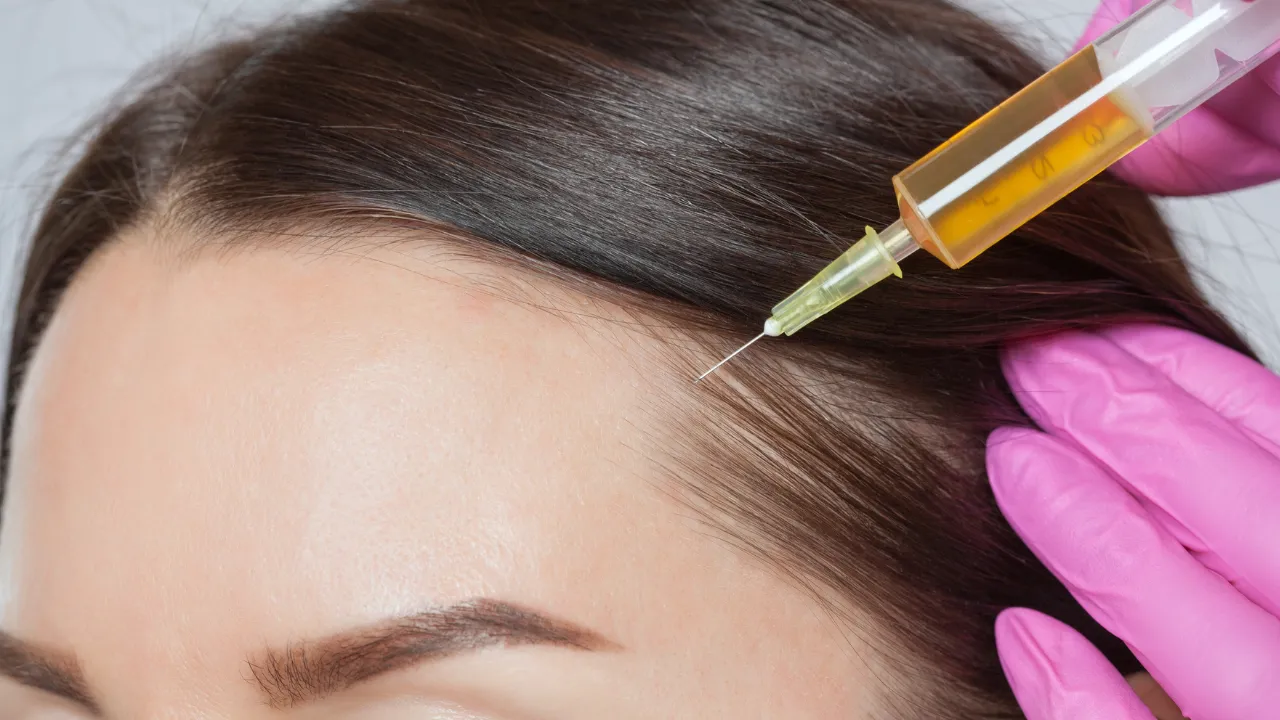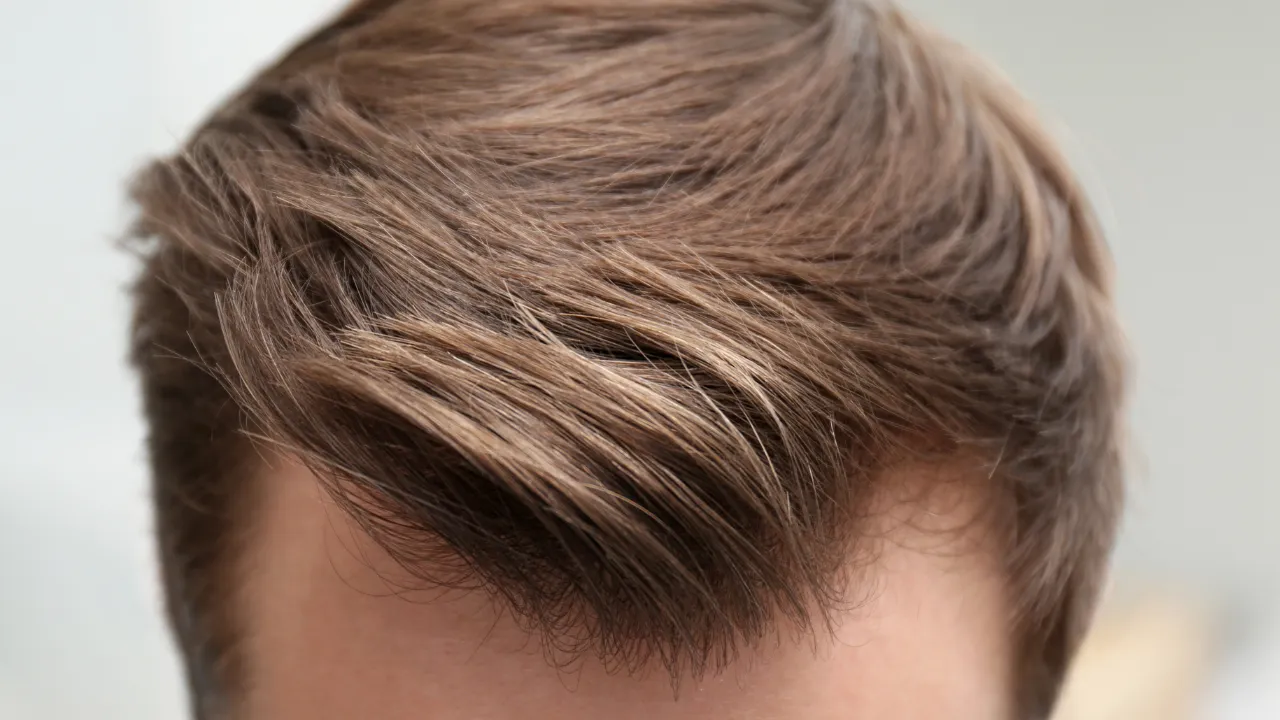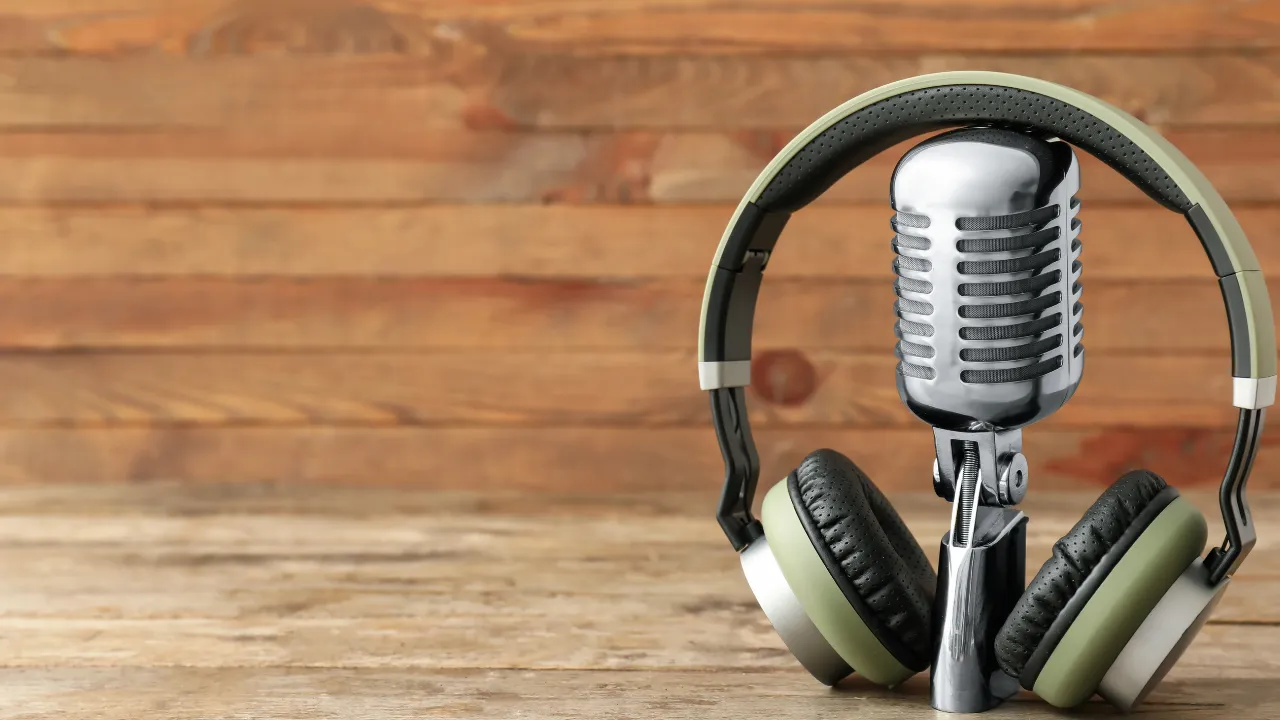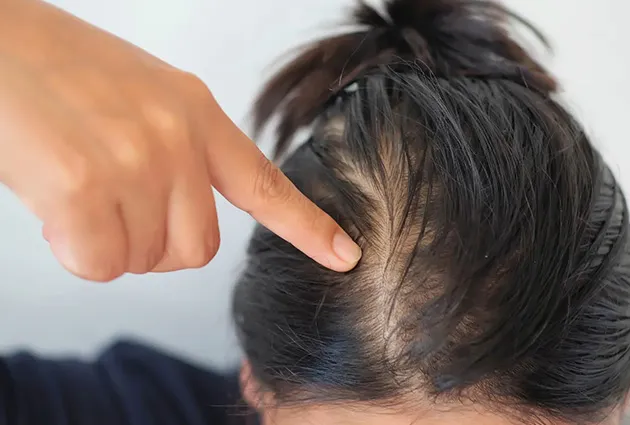Table of Contents
ToggleAt Kopelman Hair, we guide patients through every stage of their hair restoration journey—including post-treatment care. A common question is: what can you not do after PRP? Understanding these restrictions is essential to support healing and ensure the treatment works effectively.
Why Aftercare Matters for PRP Results
Why Follow Post PRP Injection Instructions
Platelet-Rich Plasma (PRP) injections stimulate tissue repair and promote growth. After treatment, the area becomes sensitive as healing begins. Following post-treatment instructions helps avoid complications and ensures the platelets and growth factors can do their job.
How Aftercare Affects PRP Before and After Outcomes
Before and after results depend heavily on proper aftercare. When the body is allowed to heal without added stress, the treatment works more efficiently and outcomes are often more visible.
Disregarding basic care may reduce the effectiveness, delaying the healing process and minimizing benefits. Recovery routines play a vital role in helping your body respond to the procedure.
Patients often look at PRP before and after results to understand what kind of improvements they can expect, but the outcome depends heavily on following proper aftercare guidelines.
What Is the Best Thing to Do After PRP?
The best thing you can do after this type of treatment is rest. Give your body the opportunity to heal. Avoid touching or washing the area too soon, and drink plenty of water to stay hydrated.
Sleeping well and eating nutritious foods support the healing process. These choices help maximize the body’s natural recovery, especially during the early phase of tissue regeneration.
Activity and Movement Restrictions
PRP Knee Injection: What to Expect and Avoid
For patients receiving PRP in the knee, limiting movement early on is key. For the first 48 hours, avoid long walks, standing too much, or climbing stairs excessively.
PRP injection knee recovery time varies, but light walking is usually safe after a couple of days. Hold off on high-impact activity for about a week unless advised otherwise.
How Long to Wait to Exercise After PRP
PRP injection recovery time differs by treatment site, but it’s best to rest for at least 48 hours. Depending on your response, some light movement may be allowed afterward.
Avoid cardio, lifting weights, or intense exercise for about 5–7 days. Too much physical stress can slow down platelet activity and affect the final outcome.
Can I Walk or Fly After PRP Injections?
You can typically walk short distances a few hours after the procedure. Still, limit walking to what’s necessary in the first 24 hours.
Flying is usually not restricted but may increase swelling. Avoid air travel the same day as your injection. If you’re planning to fly, check with your provider first.
What to Avoid After PRP Treatment
Foods to Avoid After PRP
Certain foods may affect healing. Try to avoid processed sugar, fried foods, and red meat for several days after treatment. These promote inflammation and may slow results.
Choose anti-inflammatory options like leafy greens, berries, and salmon. Supporting your recovery with healthy meals can make a real difference.
Alcohol, Smoking, and Caffeine
Alcohol and smoking impair blood flow, making it harder for platelets to heal tissue. Avoid both for at least 72 hours after your treatment.
Caffeine is generally okay in moderation, but too much can dehydrate you. Focus on water intake and rest during recovery.
Hot Showers, Saunas, and Sun Exposure
Heat can trigger swelling, so avoid hot showers, saunas, and steam rooms for at least two days. These can irritate the treated area.
Sun exposure should also be minimized. For scalp or face injections, use sunscreen and stay out of direct sunlight during recovery.
Hair Treatment After PRP: What to Avoid
If PRP was done on your scalp, avoid using styling tools, dyes, or chemical products for 3–5 days. These can irritate the skin and delay healing, especially when treating hair loss.
After 24–48 hours, wash your hair gently using a mild shampoo and lukewarm water. Don’t scrub or apply pressure to the injection site, allowing the scalp to fully benefit from PRP’s role in promoting healing.
Treatments like plasma hair for hair loss have become increasingly popular due to their regenerative effects and minimal downtime.
Can You Wash Your Hair After PRP Injections?
Wait at least 24 hours before washing your hair after scalp PRP. The skin may be sensitive, and pressure or shampoo can cause irritation.
When ready, use a gentle, sulfate-free shampoo and avoid hot water. Pat dry with a towel instead of rubbing. If irritation occurs, check with your provider.
Medication and Supplement Guidelines
What Medications Should You Not Take After PRP?
Avoid anti-inflammatory medications like ibuprofen or aspirin, which interfere with platelet function. These reduce inflammation but also hinder healing.
If you need pain relief, Tylenol (acetaminophen) is a safer option—but check with your doctor first. Always confirm medications before taking them post-PRP.
Can I Take Multivitamins or Magnesium After PRP?
Most multivitamins are safe. However, avoid blood-thinning supplements like fish oil, garlic, and high-dose vitamin E for a few days.
Magnesium is usually fine and may help muscle recovery after PRP in joints. To be safe, confirm any supplement use with your provider.
Managing Side Effects and Recovery
Worse Pain After PRP Injection: What It Means
It’s normal to feel more pain 24–48 hours after treatment. This is usually part of the body’s healing response and should ease on its own.
If pain increases or lasts too long, contact your doctor. Dr. Kopelman advises patients to report anything unusual to avoid potential complications.
When to Resume Normal Activities
Most people return to light activity within one to two days. If your job involves physical tasks, wait longer or ask for specific advice.
Workouts and heavier activity should be paused for 5–7 days. Follow your provider’s recommendations for a safe return to normal routines.
Long-Term Lifestyle Tips
Successful recovery depends on what you do in the days and weeks after PRP. Avoid smoking, eat well, and keep your body hydrated.
Healthy routines help maintain your treatment results. Small lifestyle changes can support tissue repair and long-term wellness.
When Should You Contact Your Doctor After PRP?
If you notice worsening pain, fever, drainage, or unusual redness, reach out to your provider. These may signal an issue needing attention.
Dr. Kopelman reminds patients that asking early is better than risking complications. A quick response helps protect your recovery.
Results vary based on your overall scalp health and treatment plan. You can see how PRP compares with mesotherapy for hair restoration here.
Final Thoughts on PRP Post Care
Proper PRP aftercare helps you get the best results from your treatment. Avoiding heat, exercise, medications, and harmful habits is key to healing successfully. This ensures your body can fully benefit from PRP’s growth factors, which are essential for tissue regeneration and long-term success.
If you’re still evaluating PRP as a treatment option in your area, our guide to PRP hair treatment near me breaks down how the procedure works and who benefits most.
At Kopelman Hair, we support patients before, during, and after their procedures. With expert guidance from Dr. Kopelman, you can recover safely and protect the benefits of your PRP treatment. Schedule your consultation now.
